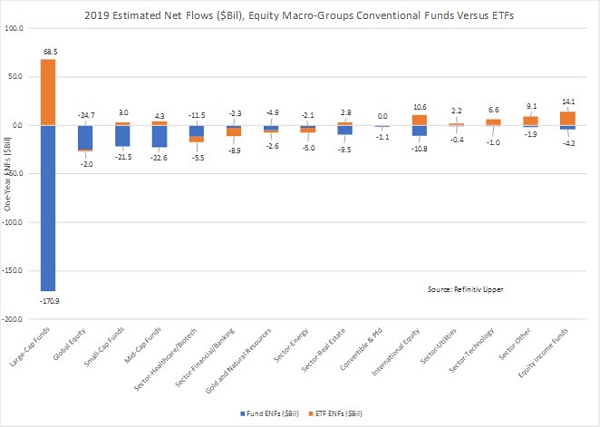If you have $100,000 to invest, you can easily use it to unleash a dividend stream that pays you $940 a month. That’s $11,280 a year in dividends—on just $100K!
I know you’re probably thinking this sounds too good to be true (and you should be!), especially when 10-year Treasuries dribble out just 0.7%, and the typical S&P 500 stock isn’t much better, with a 1.7% yield.
You’re not retiring on either one of those meager payouts!
But $100,000 invested in a fund with an 11.3% dividend yield (like the one we’ll dive into below) gives you a good start toward clocking out, and on a modest nest egg, too.… Read more


Recent Comments